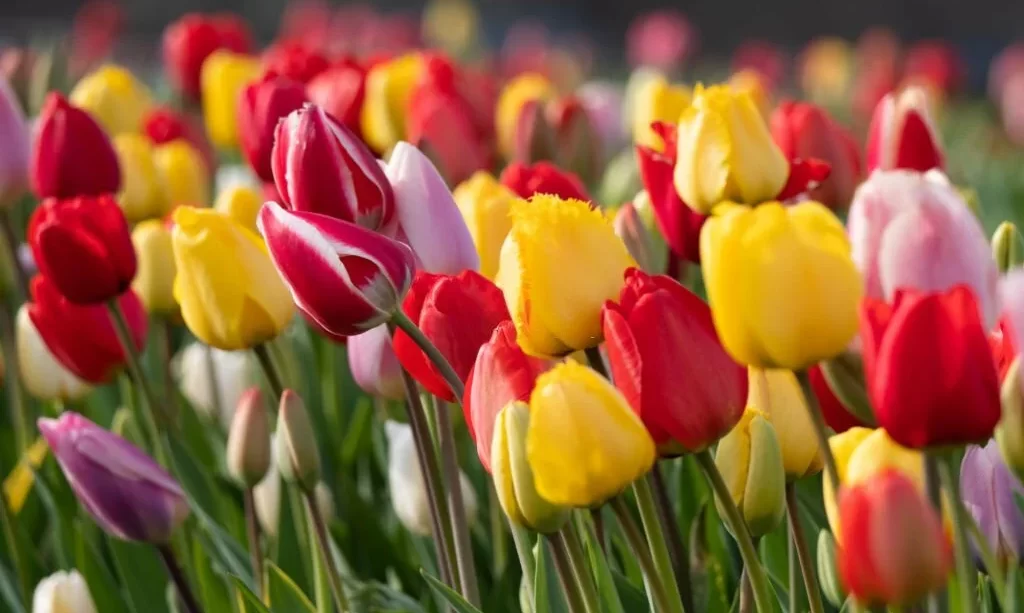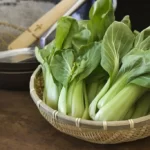Tulips, with their elegant and vibrant blossoms, have long been cherished as a symbol of spring’s arrival and a source of visual delight. Whether they’re adorning gardens, bouquets, or floral displays, these charming flowers never fail to captivate the eye. Among the many curiosities surrounding tulips, one common question that often arises is: “How many petals does a tulip have?” As we embark on our journey to unravel the intricate beauty of tulip blossoms, we’ll explore the anatomy of these flowers and delve into the intriguing world of petal counts, revealing that the answer to this question isn’t as straightforward as it might seem.
Anatomy of a Tulip Blossom
Before we dive into the captivating diversity of petal counts in tulips, let’s begin by understanding the basic anatomy of a typical tulip blossom. A tulip’s floral structure comprises not only petals but also sepals and essential reproductive components. Petals are the most conspicuous part of the bloom, often richly colored and elaborately shaped. They serve as both a visual magnet for pollinators and an essential element of the tulip’s aesthetic appeal. These petals encircle the reproductive organs, attracting insects like bees to facilitate pollination.
Common Tulip Varieties and Their Petal Counts
Tulips are a diverse and versatile group of flowers, with numerous species and varieties that exhibit variations in petal counts. In general, many tulip varieties typically boast six petals, forming the familiar and classic tulip look. However, the world of tulips is far from one-size-fits-all, and the number of petals can vary considerably between different types. As we venture further into this exploration, we will delve into the specific petal counts of common tulip varieties, shedding light on the captivating array of tulip blooms that grace gardens and floral arrangements worldwide.
Single-Petaled Tulips
Among the enchanting world of tulips, one can encounter the elegance of single-petaled tulips. These tulip varieties typically exhibit a classic structure of six petals, creating a simple yet enchanting appearance. Single-petaled tulips come in an extensive palette of colors and patterns, from the bold and vivid to the delicate and pastel shades. Their clean and uncomplicated design makes them a favorite for both garden enthusiasts and floral designers. Whether you’re gazing at a bright red Darwin Hybrid tulip or the soft pink petals of a Triumph tulip, single-petaled tulips never fail to bring a touch of elegance and grace to the spring landscape. These tulips are celebrated for their ability to sway gently in the breeze, adding a sense of natural charm to gardens and bouquets.
Double-Petaled Tulips
For those seeking a more opulent and lush tulip experience, double-petaled tulips are a true spectacle. Unlike their single-petaled counterparts, double-petaled tulips exhibit an increased number of petals, creating a fuller and more abundant look. These tulips often showcase multiple layers of petals, giving them a rich and extravagant appearance. The additional petals create a sense of luxury and depth, resulting in blossoms that resemble peonies or roses. Double-petaled tulips are favored for their striking and showy presence, making them a centerpiece in gardens and floral arrangements. Varieties like the ‘Angelique’ or ‘Black Hero’ are cherished for their captivating double blooms, each layer of petals adding to the flower’s sumptuousness. These tulips are a testament to nature’s creativity and the diversity of the tulip world, demonstrating that the number of petals can vary significantly, even within the same flower family.
Rare and Unusual Tulip Petal Counts
While the six-petaled and double-petaled tulips dominate the tulip landscape, there exist rare and unusual tulip varieties that defy these conventions. Some tulips boast extraordinary petal counts that deviate from the familiar structures. These unique tulips can be found with petal counts ranging from seven to more than twenty. For example, the ‘Paeony Flowering’ tulips are known for their high petal count, creating a remarkable resemblance to peonies. The ‘Green Star’ tulip stands out with its striking green petals, showcasing an exotic quality that makes it a coveted rarity. These unusual tulip petal counts are a testament to the boundless diversity within the tulip family, offering enthusiasts a chance to encounter remarkable and distinctive blooms that challenge our perceptions of what a tulip can be.
Conclusion
As we conclude our exploration into the world of tulip petal counts, one thing becomes abundantly clear: the beauty of tulips knows no bounds. The question of how many petals a tulip has leads us into a realm of diversity and wonder, where the classic six-petaled varieties coexist with lush double-petaled tulips and rare, unusual blooms with petal counts that challenge convention.
Tulips are not just flowers; they are captivating expressions of nature’s creativity. Whether you find delight in the simplicity of single-petaled tulips or the opulence of double-petaled varieties, or if you’re drawn to the allure of rare and unique tulips with unconventional petal counts, these blossoms continue to amaze and inspire.
So, the next time you encounter a tulip, take a moment to appreciate the diversity of petal counts and the myriad ways in which these blooms bring joy and beauty to gardens and floral displays. Whether six, twenty, or anything in between, every tulip petal is a brushstroke in nature’s vibrant masterpiece.



